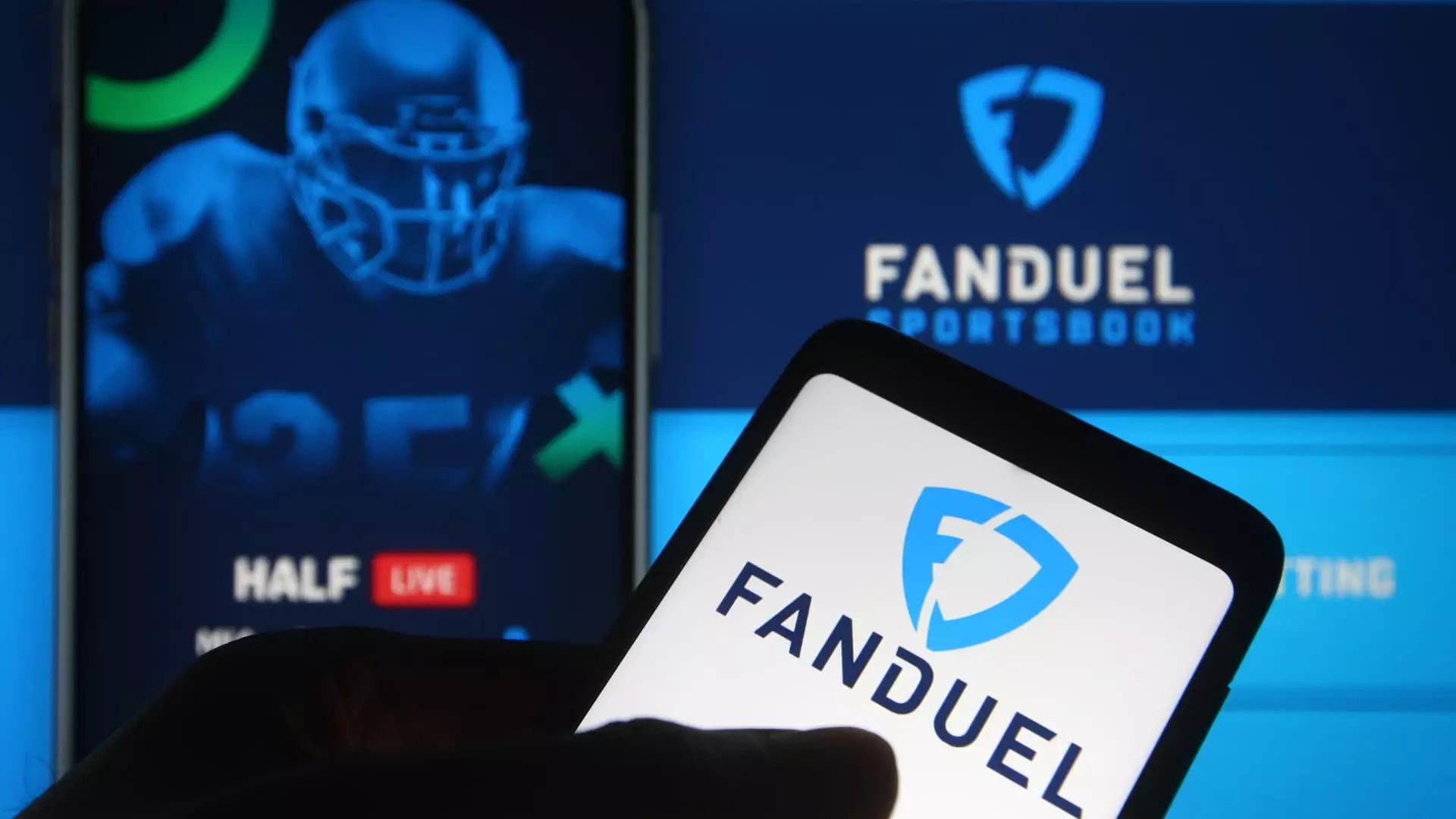The landscape of regional sports broadcasting is undergoing significant changes, particularly with the recent developments regarding Diamond Sports. Following the company’s filing for bankruptcy protection and subsequent negotiations, a new chapter is set to unfold in the world of sports broadcasting. This article delves into the implications of Diamond Sports’ partnership with FanDuel, the upcoming changes to the Bally Sports channels, and the greater ramifications for viewers and teams alike.
The announcement that Diamond Sports has entered into a naming rights agreement with FanDuel marks the beginning of a new era for the regional sports networks. This partnership aligns perfectly with the start of the NHL season and the impending tip-off of the NBA season. The essence of this deal lies not only in brand visibility but also in potential financial backing and equity stakes. FanDuel, already a dominant player in the sports betting industry, aims to solidify its presence within the broadcasting sphere. Through this deal, Diamond Sports hopes to stabilize its finances and emerge from bankruptcy, demonstrating the symbiotic relationship between sports networks and sports betting entities.
In court documents, Diamond Sports indicated that this partnership would extend beyond mere naming rights. The integration of a company like FanDuel, which has a vested interest in sports outcomes, could revolutionize how regional programming is presented, lending a more interactive and engaging dimension to the viewing experience.
Diamond Sports’ journey through bankruptcy has been tumultuous, filled with negotiations that impact various leagues, including the NBA, NHL, and MLB. The organization’s restructuring efforts reflect a broader trend in the industry where traditional television networks are grappling with the shifting dynamics of media consumption. As sports teams seek alternatives, the traditional model of regional broadcasting is changing rapidly. For instance, the departure of numerous MLB teams from Diamond Sports’ networks illustrates a drift toward local broadcasting and streaming options, aligning with current consumer preferences.
The timeline of these negotiations shows that Diamond Sports was strategic in finalizing its partnerships with major leagues prior to establishing a deal with FanDuel. This calculated move indicates foresight in maximizing future collaborations and enhancing the network’s appeal to advertisers and sponsors. The challenges faced by Diamond Sports highlight not only their financial issues but also a significant shift in how local sports are broadcasted and consumed.
The loss of contracts with MLB teams signifies a growing trend, as franchises are increasingly seeking more reliable and accessible broadcasting options. Teams like the San Diego Padres and Arizona Diamondbacks have opted out of Diamond Sports’ offerings, which poses a challenge for the network’s viability moving forward. This situation showcases the precarious balance that regional sports networks must maintain between content provision and financial stability.
Despite these setbacks, some organizations, such as the NHL’s Dallas Stars and Anaheim Ducks, are exploring new paths through direct-to-consumer streaming partnerships. This trend represents a significant disruption in the traditional broadcasting model, indicating a broader shift toward digital consumption and on-demand access to sports content. Such initiatives could be beneficial for teams in reaching wider audiences while potentially diminishing their relationship with traditional regional sports networks.
With the expected court approval of the naming rights deal, the ramifications for Diamond Sports and FanDuel are poised to be profound. A successful emergence from bankruptcy may see Diamond Sports redefined, but lingering questions about its ability to retain partnerships with key franchises persist. The upcoming seasons for the NHL and NBA will serve as critical litmus tests for whether this new strategy can indeed revive a struggling business model.
As the sports industry continues to evolve, the traditional methods of broadcasting and engagement are constantly challenged by new technological innovations and consumer demands. Diamond Sports’ partnership with FanDuel and the ongoing transformations within regional broadcasting not only reflect current trends but may also set precedents for how future generations engage with their favorite teams and leagues. Overall, while challenges lie ahead, the potential for growth and adaptation in this dynamic environment remains significant.

